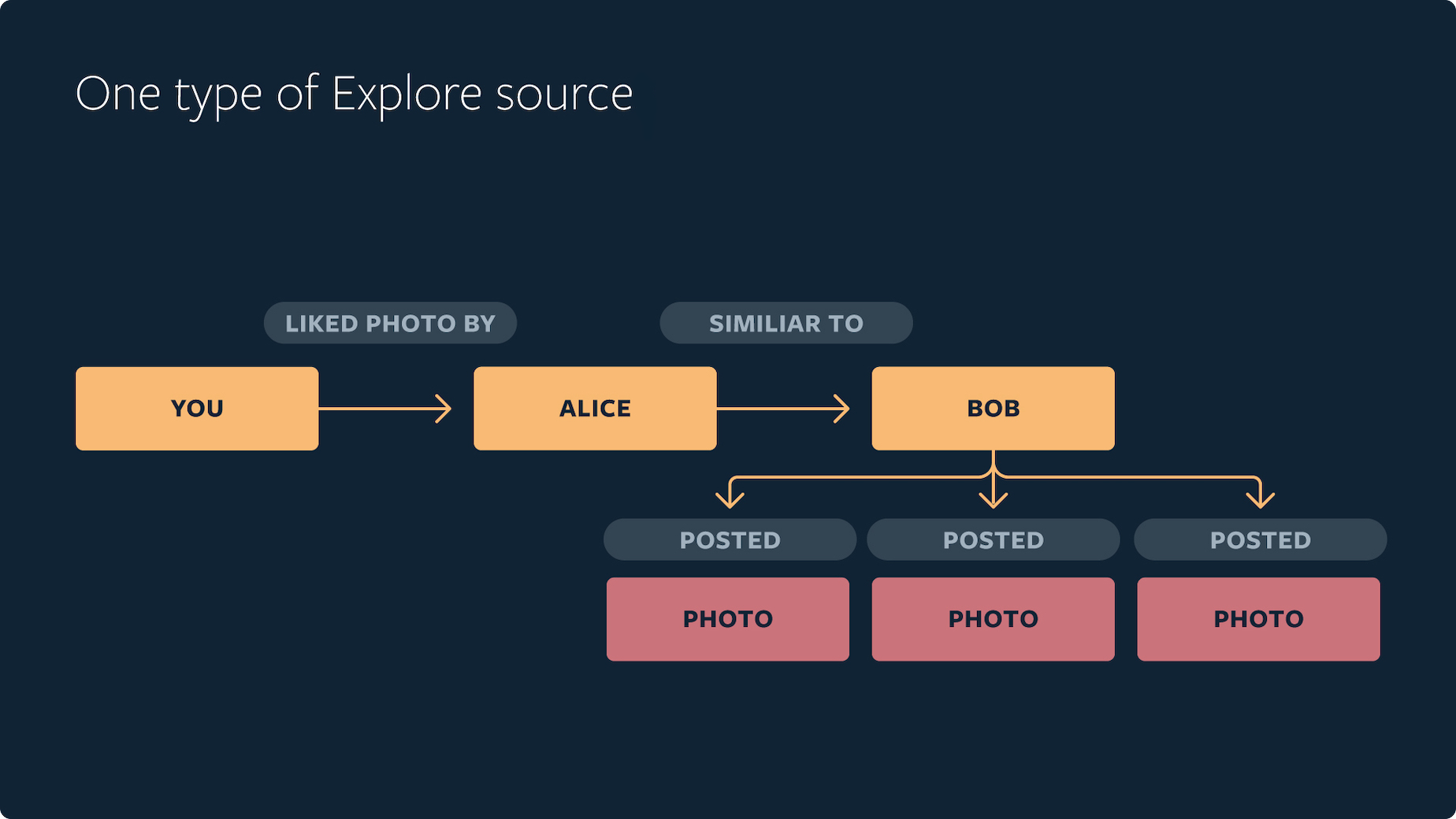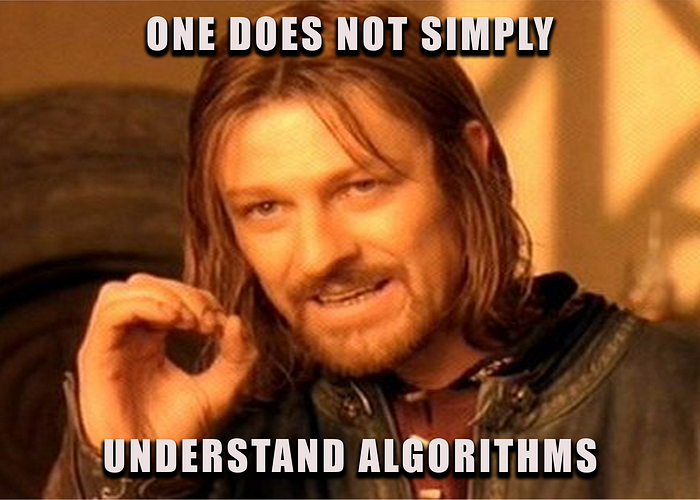Social media algorithms have changed a lot since they started. At first, they were all about connecting users with friends and family. And they were particularly useful in helping people stay in touch who don’t live near each other.
But now, there’s a seismic shift toward showing content that matches what users are interested in (the “interest graph”) instead of just connecting with people they know (the “social graph”). This change from focusing on social connections to focusing on users’ interests has greatly altered how we interact with content on these platforms.
In this post, we’ll explore the shift from the social graph to the interest graph in social media algorithms, why feeds now favor interests over friends, and the impact of these changes on content creators and users.
The Shift from Social Graph to Interest Graph in Social Media Algorithms
Having a grasp on how social media algorithms decide what content to show you is crucial in today’s digital world, and even moreso for digital marketers trying to position their brand(s) on social channels.
These decisions are made by algorithms, which use many factors to rank content. In the past, platforms mainly used the social graph, which is basically all about the number of followers you have (Twitter used to operate this way back in its heyday, and still does to some extent).
But now, there’s a big change toward favoring the interest graph. This new method values content that matches your interests and activities more than your social connections. It’s a change that recognizes users have varied interests and aims to show them content they will find engaging and interesting.
With this, the potency of your content is considered less by how many followers you have, and more about the relevancy of the content contained the content and how it appeals to the user’s… well, interests!

Social Graph
- Personal connections: Emphasizes relationships and connections between users. It maps how individuals are connected through friendships, family ties, and professional relationships.
- Followers-based: Content visibility is influenced by whom you follow and who follows you. The focus is on expanding one’s network through existing connections.
- Engagement within network: Interaction such as likes, comments, and shares within a user’s network influences the content they see.
- User identity: Central to content delivery, meaning who you are (your profile, your connections) dictates what content you see.
Interest Graph
- Content quality: Focuses on the relevance and quality of content rather than on who posts it or even the frequency of posting on social media. Algorithms prioritize showing content that aligns with a user’s interests, regardless of personal connections.
- Interest-based: Users see content based on their individual preferences, past interactions with similar content, and predicted interests.
- Engagement with content: Interaction is driven by content’s relevance to the user’s interests, which can lead to discovering new creators and communities outside one’s direct network.
- User behavior: Central to content delivery, meaning what you do (your likes, shares, content you engage with) shapes the content you are shown.
To help digest this a little further, consider these points:
- Interest-based social media algorithms look at what you’ve interacted with before to guess what you might like, showing you a wider range of content beyond just your friends or followers. Instagram’s algorithm is known for doing this with their Search and Explore feeds.
- Platforms like TikTok and Instagram are doing well with this approach, showing users content they’re likely to enjoy, no matter who it’s from.
- For those who create content, this means the quality and relevance of what you make are more important than ever. These factors greatly affect whether people will see and interact with your content.
Key Takeaway: Moving from social graph to interest graph in social media means the relevance of content is now key to getting user attention and driving content discovery.
Why Feeds Favor Interests Over Friends
The social graph model keeps us connected with people we know, but it might limit our exposure to new and different content we could enjoy. It assumes we’re most interested in what our friends are sharing. But, our interests can grow beyond our current circle, making this model somewhat restrictive.
The interest graph model, however, opens up our content world. If we look at what we like, share, and spend time on, it shows us a feed that’s more in tune with our preferences. This ultimately helps us find new topics and creators that match our current interests, making our time on social media more exciting and tailored to us.
Here’s how this change affects our daily social media use:
- TikTok, for example, uses what we’ve interacted with before to introduce us to new creators and groups, keeping our feed interesting.
- Instagram’s Explore page changes to show us content from people we don’t follow, based on our past likes and interactions.
- For content creators, using the interest graph means making content that not only appeals to current followers but also attracts new ones through common interests.
Key Takeaway: Focusing on interests rather than just friends in our social media feeds brings us content that’s more aligned with what we enjoy. This changes the way we discover and engage with new content and creators.
The Impact on Content Creators and Users
The move to content based on interests affects content creators a lot. They must now focus on making content that is not just good quality, but also very interesting and relevant to what the audience likes. This means they need to really understand who their audience is and come up with creative content that matches their interests.
For users, the advantages are clear. They get a social media experience that is more tailored to them, with feeds full of content that matches their interests and passions. This personalized approach makes it easier for users to discover new creators and topics they enjoy. However, it’s important for users to be mindful of their feeds to avoid getting stuck in a bubble of similar views.

Here are some tips for both content creators and users in maneuvering social media algorithms:
- Content creators should use analytics tools to get to know their audience better and shape their content strategy around this knowledge.
- Interact with your audience by asking what they think and watching how they respond to improve your content over time.
- Users should make an effort to check out new topics and creators to keep their feeds varied and avoid the filter bubble effect.
- Both creators and users should take time to review and tweak their platform settings regularly to make sure they’re seeing a good mix of content.
Key Takeaway: It’s important for both creators and users to understand and adapt to the move from social to interest-driven content to get the most out of their social media experience.
Last Thoughts on Navigating Changing Social Media Algorithms
Understanding social media algorithms is important for both users and content creators to use these platforms well.
As we move from a social graph to an interest graph, it’s key to adapt to the changing ways we interact with social media. For users, this means your feed will better match what you like and are interested in. For content creators, it’s about making content that truly connects with and captures your audience.
So, how will you adjust your content output to appeal to social media algorithms? We’d love to hear your how you’re tackling it!
Related Video
If you’re ready to level up your social media marketing, Single Grain’s marketing experts can help!👇
For more insights and lessons about marketing, check out our Marketing School podcast on YouTube.



